Filling up your vehicle at a gas station seems like a routine task, but it involves more risk than many people realize. Gasoline is highly flammable and evaporates quickly, creating fumes that can ignite with little warning. Fuel vapors are heavier than air and can travel long distances, making even a small spark potentially dangerous. While gas stations are designed with safety features to minimize these risks, human error remains the biggest cause of accidents at the pump. Knowing what not to do when refueling can prevent fires, injuries, and environmental harm. Here are six things you should absolutely avoid when filling up your tank.
Getting Back in Your Car While Pumping Gas
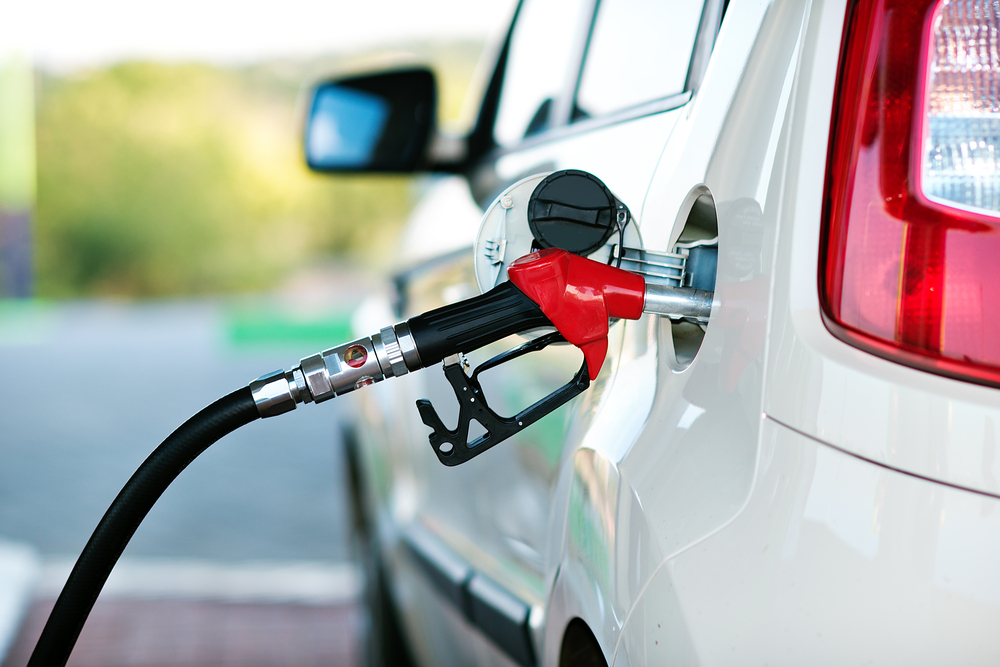
It might seem harmless to sit in your car while fuel is pumping, especially during bad weather, but this habit increases the risk of static electricity buildup. When you slide across your car seat, particularly with synthetic materials, you can generate a static charge. If you then touch the pump nozzle or gas cap, that small shock can ignite gasoline vapors. The National Fire Protection Association has documented fires caused by this exact scenario. If you need to get back in your vehicle during fueling, always discharge any static buildup by touching a metal surface away from the nozzle before resuming the fueling process.
Smoking or Lighting Anything Flammable
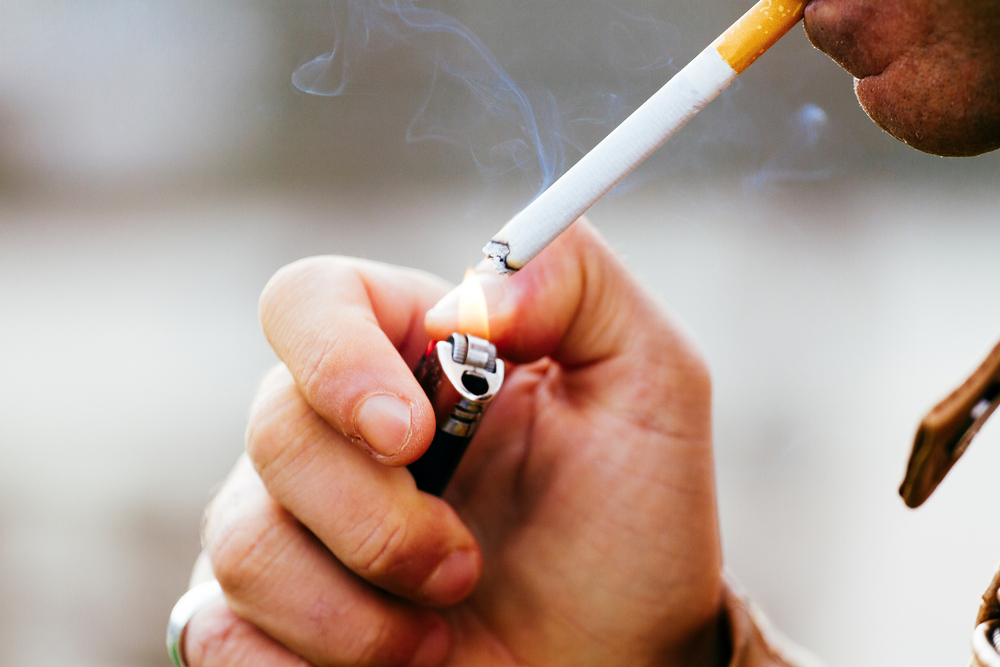
This may seem obvious, but smoking at a gas station is one of the most dangerous actions you can take. Gasoline vapors can ignite at temperatures as low as -45°C (-49°F), and a single lit cigarette or match is enough to cause an explosion. Even electronic lighters can generate a spark strong enough to ignite fumes. Many people underestimate how quickly fuel vapor can travel from the nozzle to a source of ignition. Never light a cigarette, cigar, or any flame-producing device within at least 20 feet of a fuel pump. The risk is not just personal injury but widespread damage to others and the surrounding area.
Leaving the Engine Running
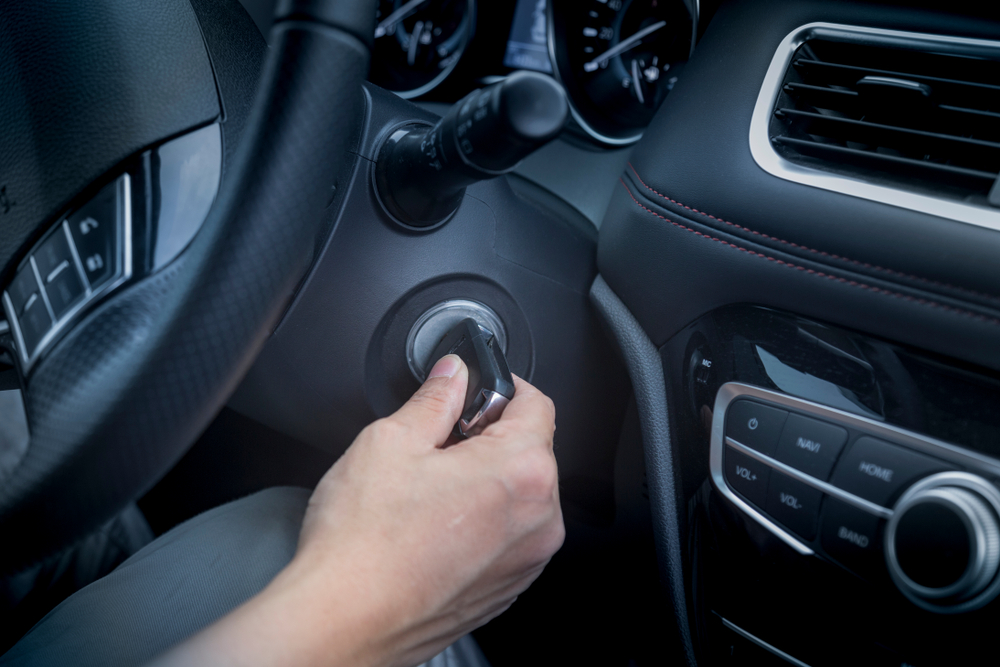
Some drivers leave their engine running while fueling to keep the air conditioning on or because they are in a hurry. This is a serious mistake. A running engine produces heat and can emit sparks from the ignition system or exhaust. This increases the chances of igniting fuel vapors around the pump. Most gas stations display clear warnings instructing customers to turn off their engines before pumping gas. Modern engines may seem safer, but the risk of a malfunction or spark remains. Always shut off your vehicle before starting to refuel, no matter how short the stop may be.
Using Your Phone While Pumping
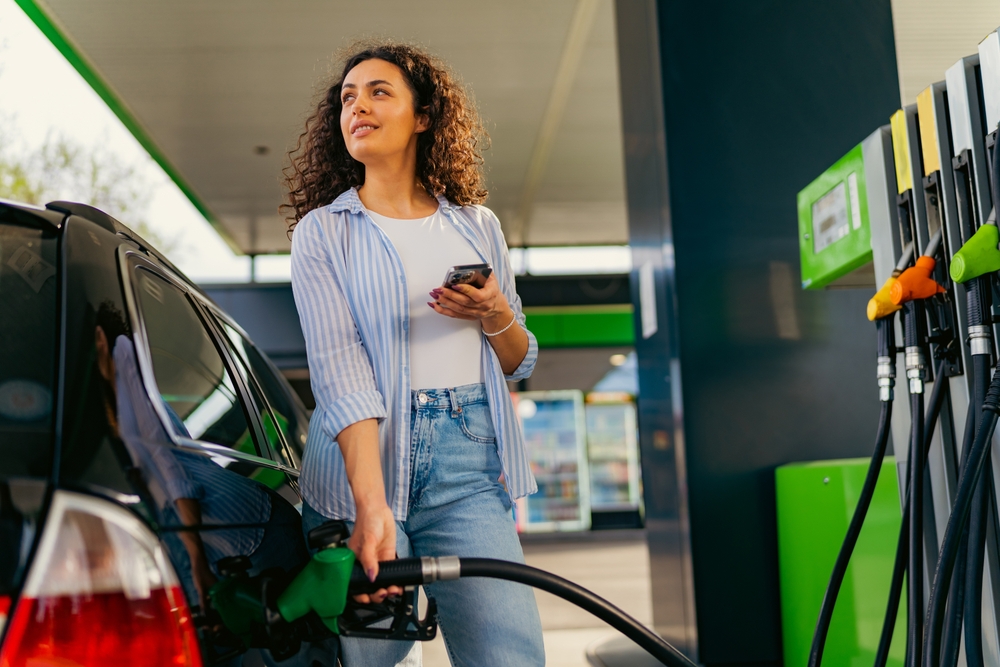
There is ongoing debate about whether cell phones can ignite fuel vapors. While there is limited evidence that mobile phones alone pose a direct fire risk, they are still a source of static electricity. Additionally, distractions caused by phone use increase the chance of spilling fuel or forgetting to remove the nozzle properly. The Federal Communications Commission and several fire safety organizations recommend not using phones at the pump to reduce both distraction and potential static charge. Focus fully on the task of fueling to avoid unnecessary accidents and ensure that your attention is on safety.
Read More: If You See a Swollen Gas Can, Here’s What You Should Do
Topping Off Your Tank
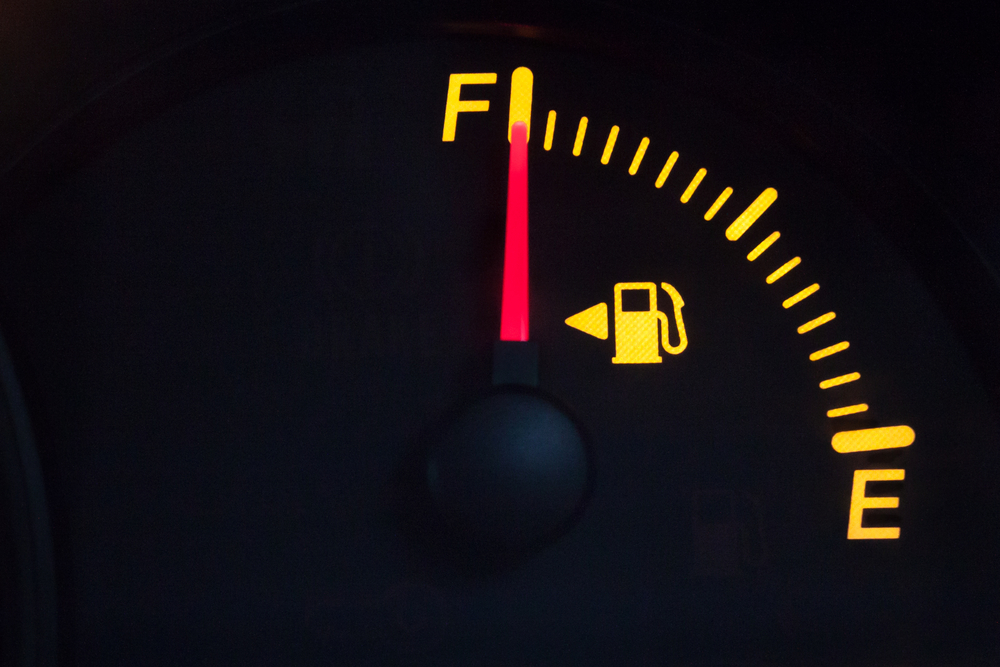
When the fuel nozzle clicks off, it means your gas tank is full. Continuing to pump more gas after this point is known as “topping off” and should be avoided. Doing so can cause fuel to overflow, spilling gasoline onto the ground and the side of your vehicle. Spilled gas not only wastes money but also poses a fire risk and contributes to air pollution through evaporating vapors. Overfilling can also damage your car’s vapor recovery system, leading to performance issues and increased emissions. Trust the pump’s automatic shut-off mechanism and resist the urge to round up to the nearest dollar.
Forgetting to Ground Yourself
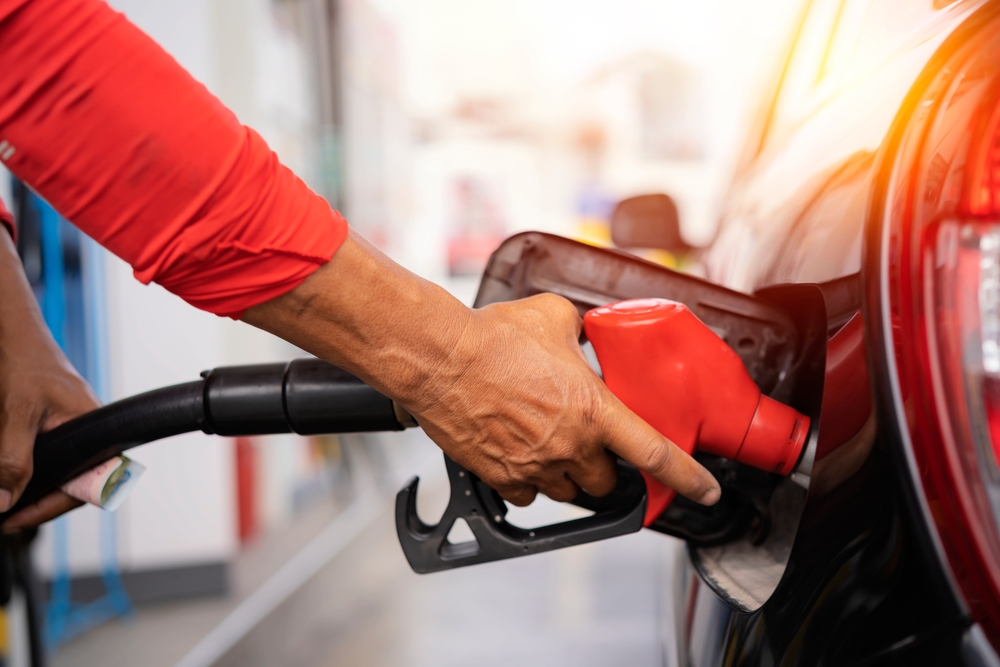
If you accidentally re-enter your car while fueling and return to the nozzle, you must ground yourself before touching it. Static electricity can build up on your body and cause a spark when you touch metal. Simply touching any metal part of your car away from the filler neck will discharge the static safely. This step is often overlooked but is critical in dry weather or when wearing synthetic clothing, which increases static buildup. Gasoline vapors hover close to the ground and can ignite easily with a single spark. Grounding yourself ensures that any charge is neutralized before you handle the nozzle again.
Bonus Tip: Improper Fuel Container Handling
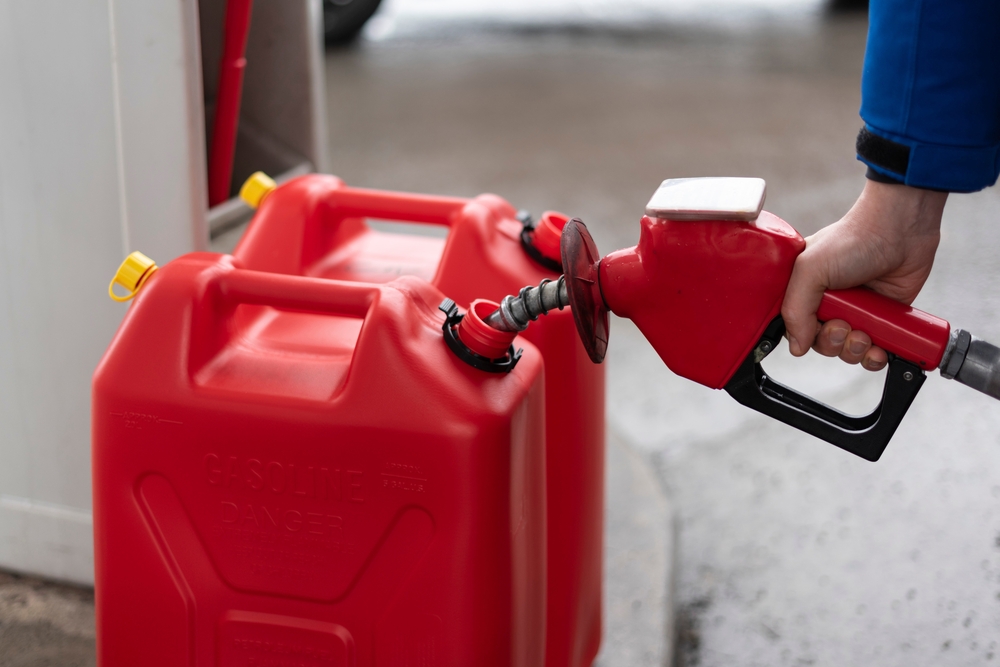
If you are filling a portable fuel container, follow proper procedures to avoid hazards. Always place the container on the ground before filling. This prevents static electricity from building up during fuel transfer. Never fill a container inside a vehicle or truck bed, as this isolates it from the ground and increases fire risk. Use approved gasoline containers made of metal or high-density plastic, and never fill more than 95 percent of the container’s volume to allow for vapor expansion. Secure the cap tightly and transport it in a well-ventilated area away from passenger seating.
Environmental Hazards of Careless Pumping
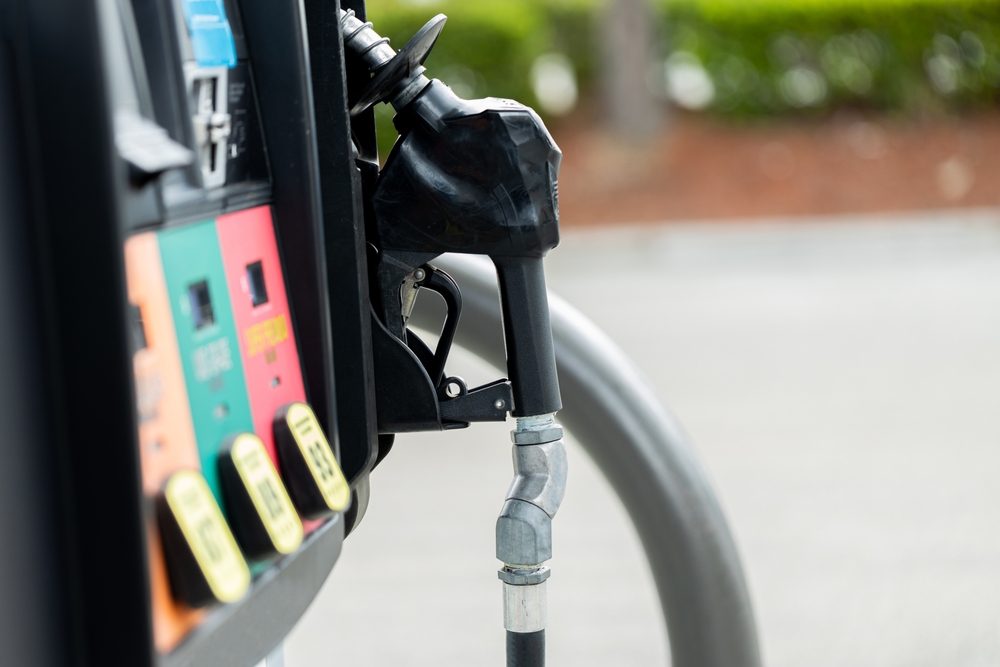
Gasoline spills contribute to air and ground pollution. The fumes contain volatile organic compounds that are harmful to human health and contribute to smog formation. Leaked fuel can enter storm drains and contaminate local water supplies. Even small spills add up over time, especially at busy gas stations. By avoiding overfilling, handling the nozzle correctly, and wiping up minor drips, drivers can help reduce environmental impact. Be mindful of the signs posted at stations and follow procedures that protect both people and the planet.
Read More: YouTuber Modifies His Tesla With a Gasoline Engine So It Can Drive 1,600 Miles Without Charging
Stay Focused and Stay Safe
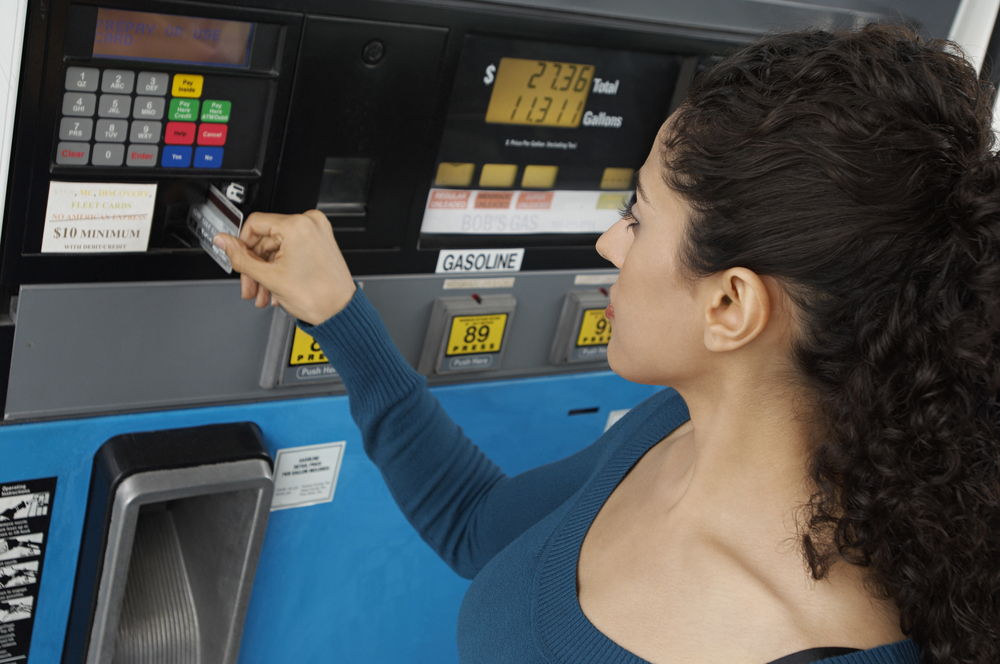
Filling your tank is a routine task, but it demands your full attention. Even minor lapses in judgment can lead to accidents, fires, or environmental damage. Never leave your engine running, never smoke, avoid topping off, and always discharge static electricity when necessary. Put your phone away, stay outside the car, and follow all posted safety guidelines. Safe fueling protects not just you but everyone around you. Treat every trip to the pump with caution, and you will greatly reduce the risks associated with handling gasoline.
Disclaimer: This article was created with AI assistance and edited by a human for accuracy and clarity.
